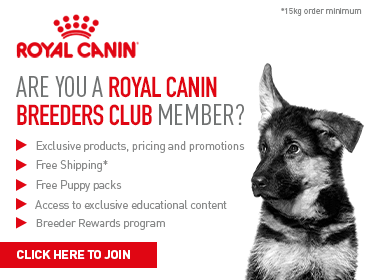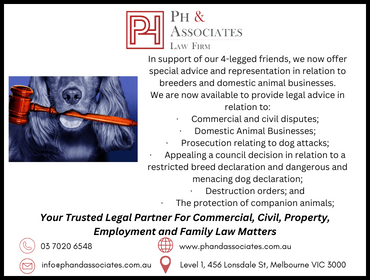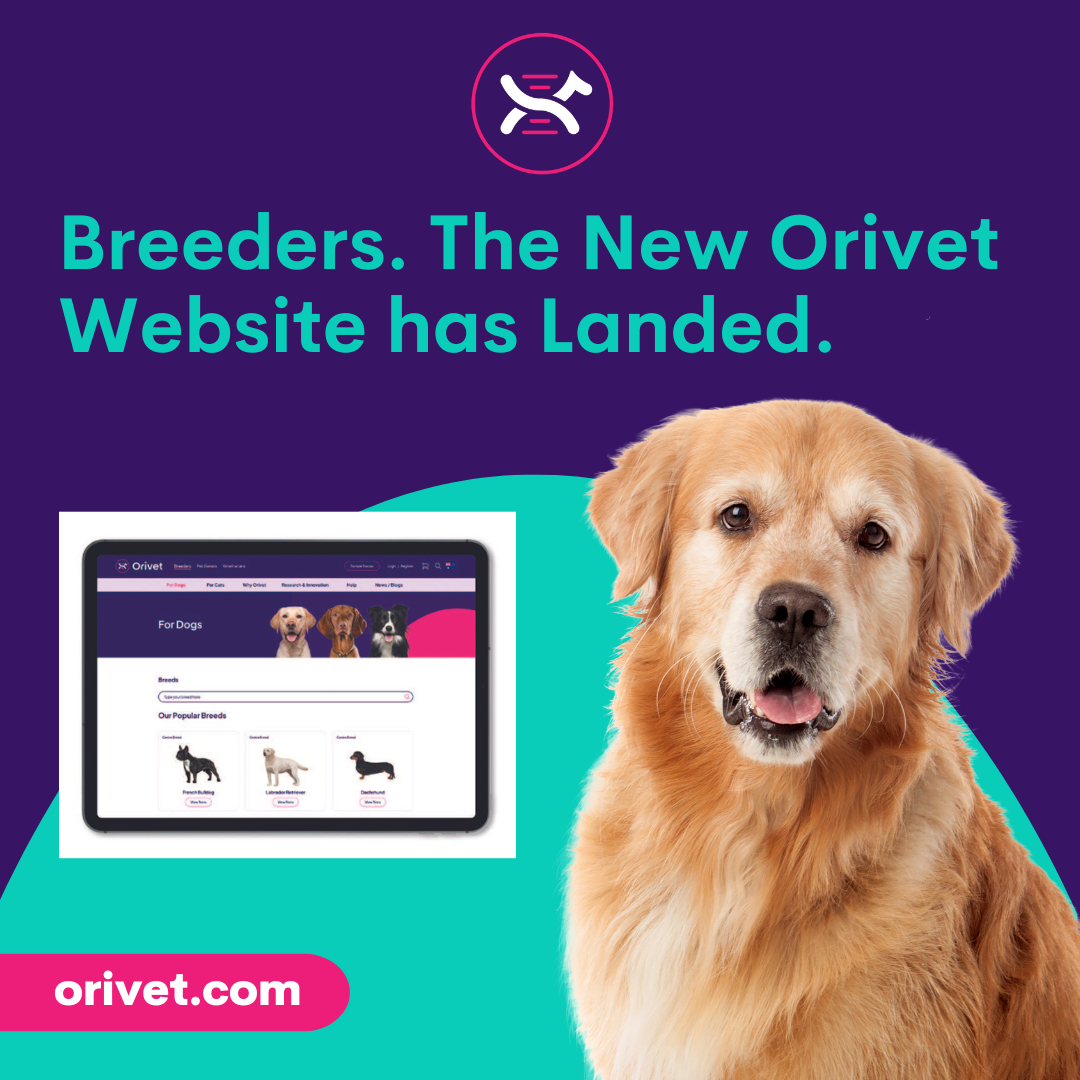Group Listing of Recognised Breeds
There are over 180 breeds recognised by Dogs Australia (ANKC Ltd). The breeds are separated into seven distinct groups.
Click here to view the current Dogs Australia Group Listing of Recognised Breeds.
- Group 1 - Toys
- Toy breeds might be short on size, but they are definitely not short on personality! Breeds in the Toy group are affectionate, sociable and adaptable to a wide range of lifestyles. Just don't let their size and winsome expressions fool you: they are smart full of energy and many have strong protective instincts. Toy dogs are popular with city dwellers because they make ideal apartment dogs and terrific lap warmers on nippy nights
- Group 2 - Terriers
- Feisty and energetic are two of the primary traits that come to mind for those who have experience with Terriers. In fact, many describe their distinct personalities as “eager for a spirited argument.” Bred to hunt, kill vermin and to guard their families home or barn; sizes range from fairly small, as in the Norfolk, Cairn or West Highland White Terrier, to the larger and grand Airedale Terrier. Prospective owners should know that terriers make great pets, but they do require determination on the part of the owner because they can be stubborn; have high energy levels, and require special grooming (known as “stripping”) to maintain a characteristic appearance
- Group 3 - Gundogs
- Naturally active and alert, gundogs make likeable, well-rounded companions. First developed to work closely with hunters to locate and/or retrieve quarry. There are four basic types of gundogs; spaniels, pointers, retrievers and setters. Known for their superior instincts in water and woods, many of these breeds enjoy hunting and other field activities. Many of them, especially the water-retrieving breeds, have well –insulated water repellant coats, which are quite resilient to the elements. Thinking of getting one? Just realize that most require regular, invigorating exercise.
- Group 4 - Hounds
- Most hounds share the common ancestral trait of being used for hunting. Some use acute scenting powers to follow a trail. Others demonstrate a phenomenal gift of stamina as they relentlessly run down quarry. Beyond this, however, generalizations about hounds are hard to come by, since the Group encompasses quite a diverse lot. There are Pharaoh Hounds, Norwegian Elkhounds, Afghans and Beagles, among others.
- Group 5 - Working Dogs
- All Working Dog breeds share an instinctual ability to control the movement of other animals. These breeds were developed to gather, herd and protect livestock. Today, some like the Belgian Malinois and the German Shepherd Dog are commonly used for police and protection work. The herding instinct in these breeds is so strong that Working Dog breeds have been known to gently herd their owners, especially the children of the family. In general, these intelligent dogs make excellent companions and respond beautifully to training exercises.
- Group 6 - Utility
- Quick to learn, dogs of the Utility Group are intelligent, strong, watchful, and alert. Bred to assist man, they excel at jobs such as guarding property, pulling sleds and performing water rescues. Doberman Pinschers, Siberian Huskies and Samoyeds are part of this group, to name just a few. They make wonderful companions but because they are large, and naturally protective, prospective owners need to know how to properly train and socialise a dog. Some breeds in the Utility group may not be for the first-time dog owner.
- Group 7 - Non Sporting
- Non Sporting dogs are made up of a diverse group of breeds with varying sizes, coats, personalities and overall appearance. They come from a wide variety of backgrounds so it is hard to generalise about this group of dogs. From the sturdy Chow Chow, to the compact French Bulldog and the foxlike Keeshond, the differences in features can be vast. Most are good watchdogs and housedogs. Other breeds in this group are the ever-popular Dalmatian, Poodle and Lhasa Apso, and the less common Schipperke and Tibetan Spaniel.






